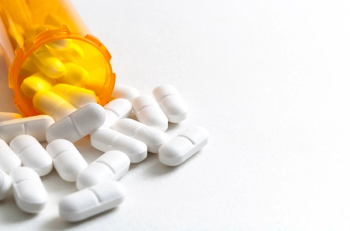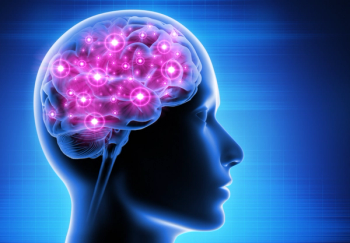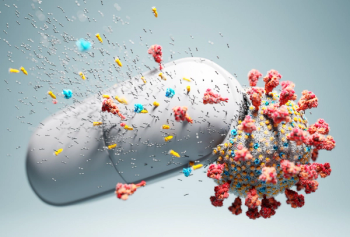
GOUT: NOT ROUTED YET
What do Alexander the Great, Charlemagne, Henry VIII, Nostradamus, Leonardo da Vinci, John Milton, Isaac Newton, Alfred Lord Tennyson, Thomas Jefferson, and Benjamin Franklin have in common? They are just a few famous men who suffered from gout.
Despite a long-documented history-descriptions date back to 5 B.C.-and the availability of therapies, "gout is incredibly poorly managed," stated H. Ralph Schumacher Jr., M.D., professor of medicine at University of Pennsylvania School of Medicine and director of rheumatology at the VA Medical Center in Philadelphia. Drugs in development can provide additional therapeutic options, but Schumacher also hopes the focus on gout accompanying the development of these drugs will encourage healthcare professionals to become involved in education and disease management.
Historically, gout has been described as the "disease of kings," because the foods that contribute to the development of gout were available in quantity only to the wealthy. The traditional stereotype of a gout sufferer was a sedentary, obese, middle-aged man who habitually overindulged in rich foods and alcohol. Today's picture is not much different. Gout is still predominantly a disease of men. At least 1% of men in Western countries are afflicted, and the male-to-female ratio ranges from 7:1 to 9:1. This picture may be changing somewhat though. Some recent reports suggest the prevalence of gout is increasing among postmenopausal women with renal insufficiency, as a result of diuretic treatment for hypertension.
Hyperuricemia is key to the development of gout, either because too much uric acid is produced or too little excreted, but other factors are also involved (see box). Most individuals who develop gout have elevated serum uric acid levels for years before their first attack. Although the risk of an acute attack of gout escalates with increasing uric acid levels, many patients have attacks with "normal" levels of uric acid, and some never have an attack, despite very high levels of uric acid.
Two-pronged treatment Once gout has been diagnosed, there are two parts to treatment, explained Schumacher. "One is treating the acute inflammation, which is done with nonsteroidal anti-inflammatory drugs [NSAIDs] or colchicine that just alleviate symptoms. Then, you need to eventually bring down the uric acid and dissolve these crystals that are causing the attacks out of the joints."
Most pharmacists are familiar with chronic gout therapy to reduce uric acid levels because it hasn't changed over the past half century. David Hawkins, Pharm.D., FCCP professor and chair of pharmacy practice, South University School of Pharmacy, Savannah, Ga., one of the authors of the chapter "Gout and Hyperuricemia" in Pharmacotherapy: A Pathophysiologic Approach, summarized current therapy, "Allopurinol is still regarded as the primary treatment modality. The problem with the uricosuric drugs [e.g., probenecid or sulfinpyrazone] is that if the patient has any degree of renal impairment, they're contraindicated. If the patient has passed a uric acid stone, they're contraindicated."
However, allopurinol is contraindicated in patients who are allergic to it; the package insert reports this amounts to roughly 2% of patients. These patients are often successfully treated with uricosuric drugs.
Newsletter
Pharmacy practice is always changing. Stay ahead of the curve with the Drug Topics newsletter and get the latest drug information, industry trends, and patient care tips.















































































































